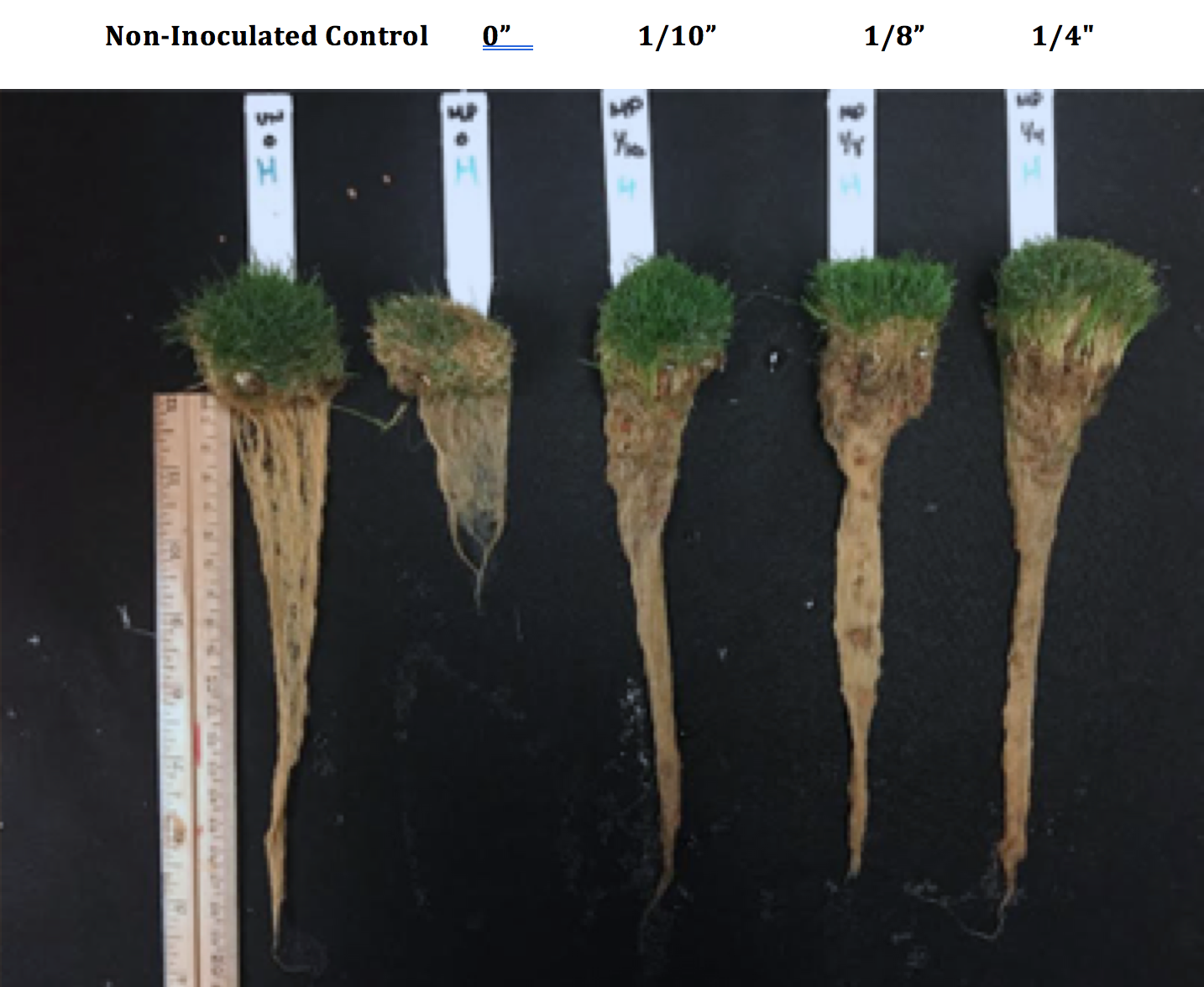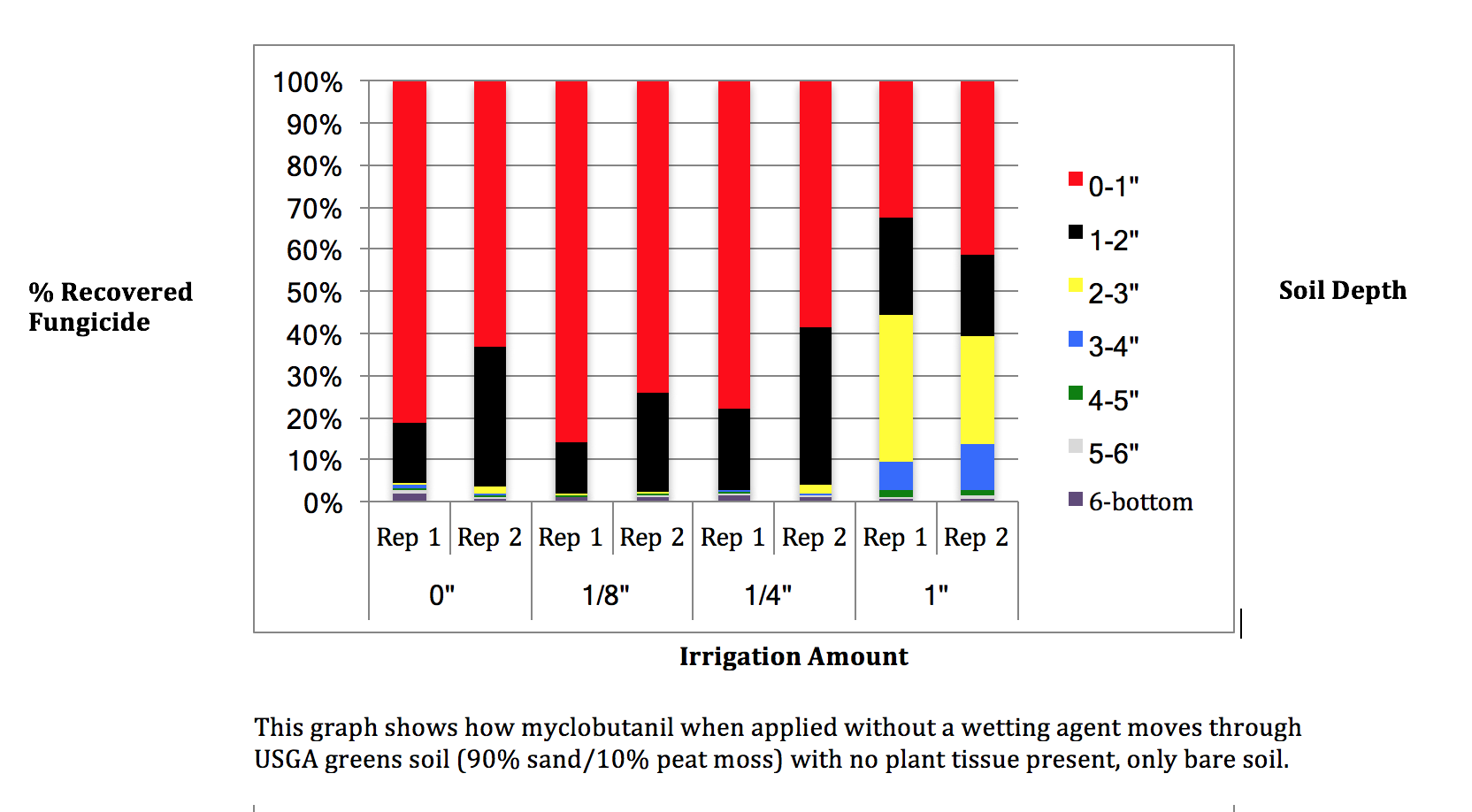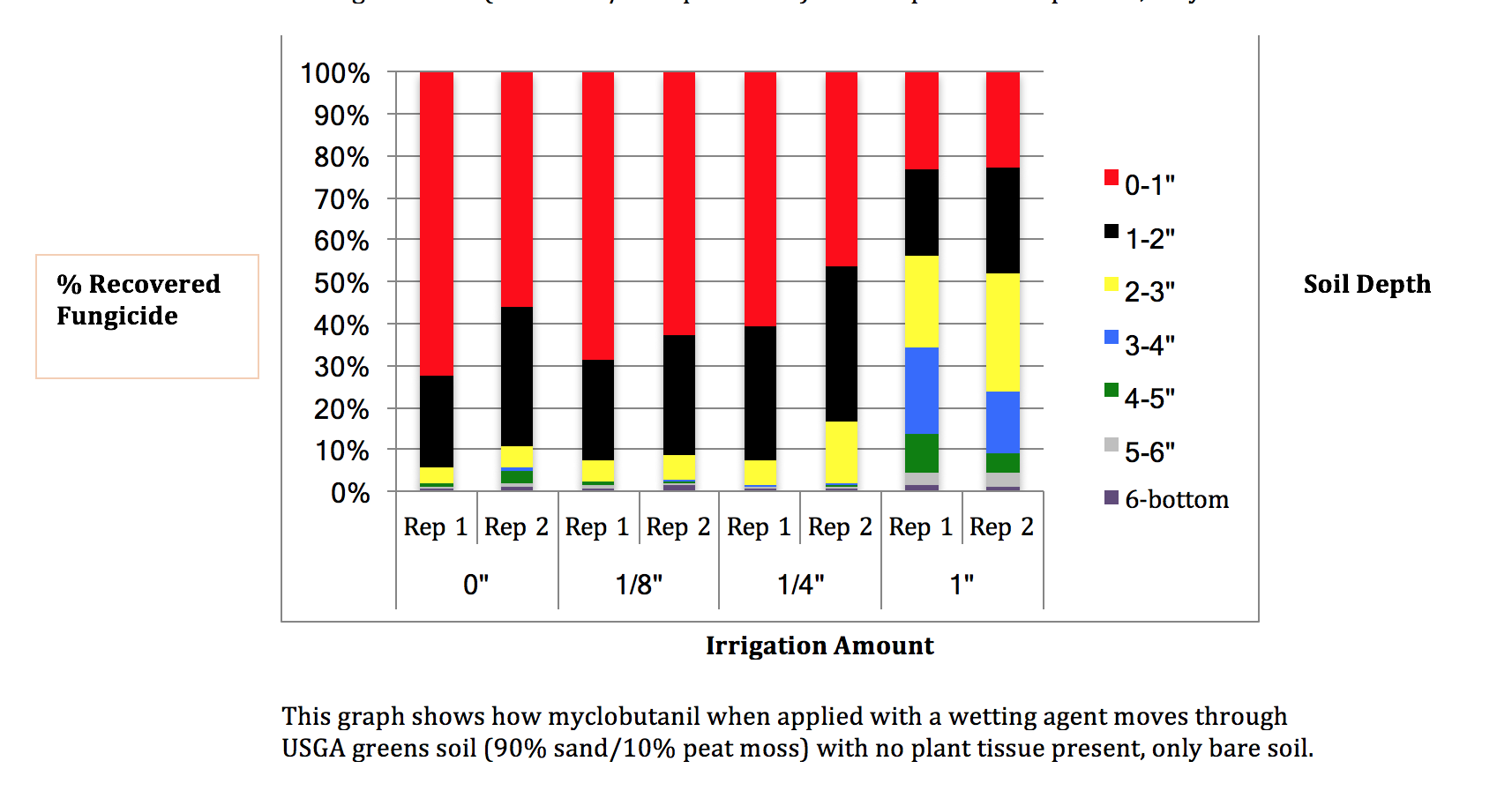Post-Application Irrigation: Critical for Root Disease Control
go.ncsu.edu/readext?604113
en Español / em Português
El inglés es el idioma de control de esta página. En la medida en que haya algún conflicto entre la traducción al inglés y la traducción, el inglés prevalece.
Al hacer clic en el enlace de traducción se activa un servicio de traducción gratuito para convertir la página al español. Al igual que con cualquier traducción por Internet, la conversión no es sensible al contexto y puede que no traduzca el texto en su significado original. NC State Extension no garantiza la exactitud del texto traducido. Por favor, tenga en cuenta que algunas aplicaciones y/o servicios pueden no funcionar como se espera cuando se traducen.
Português
Inglês é o idioma de controle desta página. Na medida que haja algum conflito entre o texto original em Inglês e a tradução, o Inglês prevalece.
Ao clicar no link de tradução, um serviço gratuito de tradução será ativado para converter a página para o Português. Como em qualquer tradução pela internet, a conversão não é sensivel ao contexto e pode não ocorrer a tradução para o significado orginal. O serviço de Extensão da Carolina do Norte (NC State Extension) não garante a exatidão do texto traduzido. Por favor, observe que algumas funções ou serviços podem não funcionar como esperado após a tradução.
English
English is the controlling language of this page. To the extent there is any conflict between the English text and the translation, English controls.
Clicking on the translation link activates a free translation service to convert the page to Spanish. As with any Internet translation, the conversion is not context-sensitive and may not translate the text to its original meaning. NC State Extension does not guarantee the accuracy of the translated text. Please note that some applications and/or services may not function as expected when translated.
Collapse ▲Many soilborne pathogens infect the crowns, stolons, rhizomes, and roots of turfgrass plants often causing detrimental outbreaks of disease. A few examples of common crown/root diseases include Pythium root rot, summer patch, take-all root rot and spring dead spot. Proper cultural practices such as topdressing, aerification, and the use of fans to maintain airflow are great methods to reduce disease; however, fungicide applications are also commonly needed to supplement cultural practices in order to provide acceptable disease control. Most fungicides have a high affinity for soils and organic matter (i.e. thatch layer), so they are bound easily making movement to the crown and roots of a turfgrass plant (where soilborne pathogens often infect) difficult.
Fungicide Properties

Koc (above) is a measure of the tendency of a chemical to bind to soils, corrected for soil organic carbon content. For comparison, the herbicide paraquat has a Koc of 15,473-51,856 (V. High) and the herbicide dicamba (salt) has a Koc of 2.00 (V. Low). Most of these listed fungicides fall into the Moderate-V.High Koc range.
There are many ways to mitigate this issue: use wetting agents and applying irrigation after application of the fungicide. These methods are helpful because they increase the likelihood of the fungicide to reach the target site of the crown or roots where the pathogen is located. Below is data demonstrating the positive effect of post-application irrigation after applications of propiconazole for summer patch control in creeping bentgrass:
Irrigation Amount
It is apparent that post-application irrigation is beneficial when controlling soilborne pathogens. So, how does post-application irrigation, as well as the addition of a wetting agent, affect fungicide movement? It helps push the fungicide further down the plant canopy and through the soil column to the target site of the pathogen.
From these data, as well as feedback from various turfgrass managers, it is evident that inclusion of a wetting agent and post-application irrigation increases the effectiveness of fungicides when applied to control soilborne pathogens.








